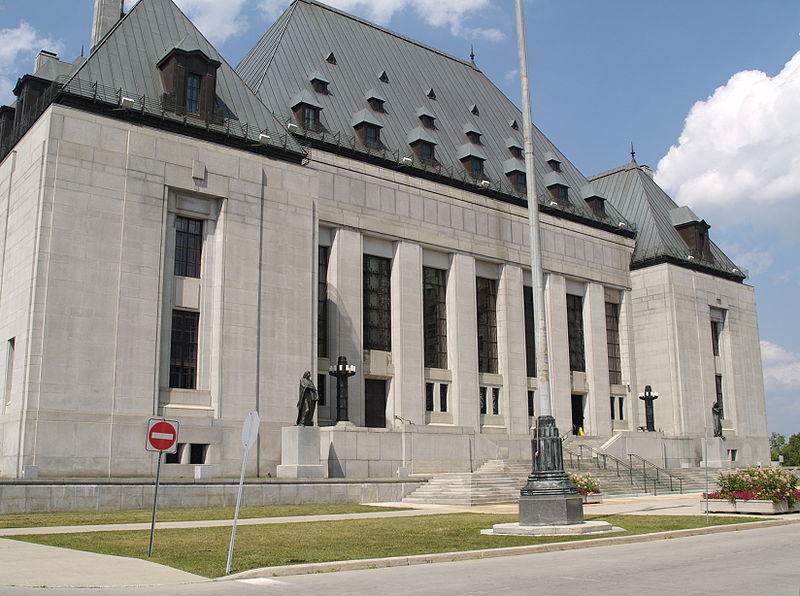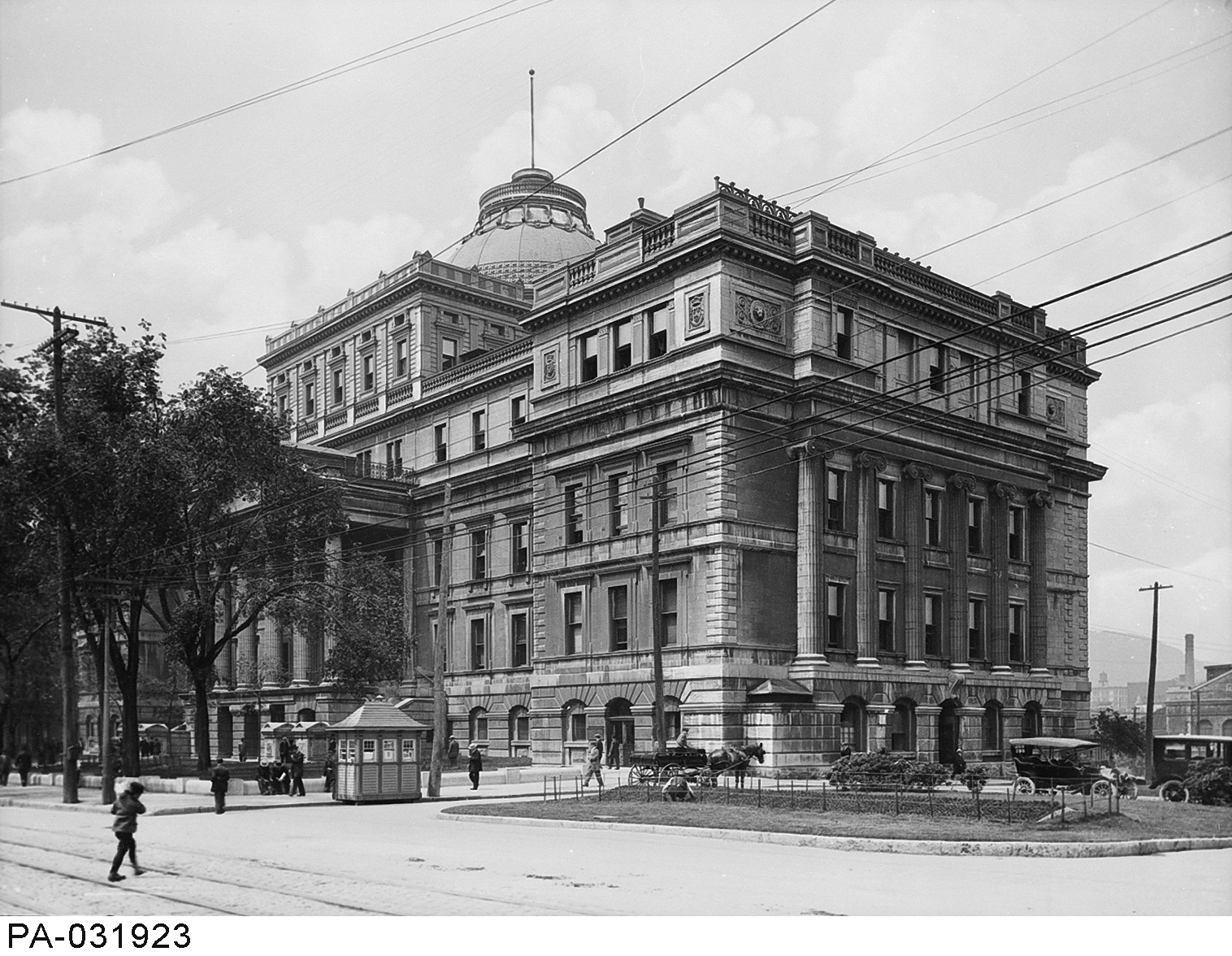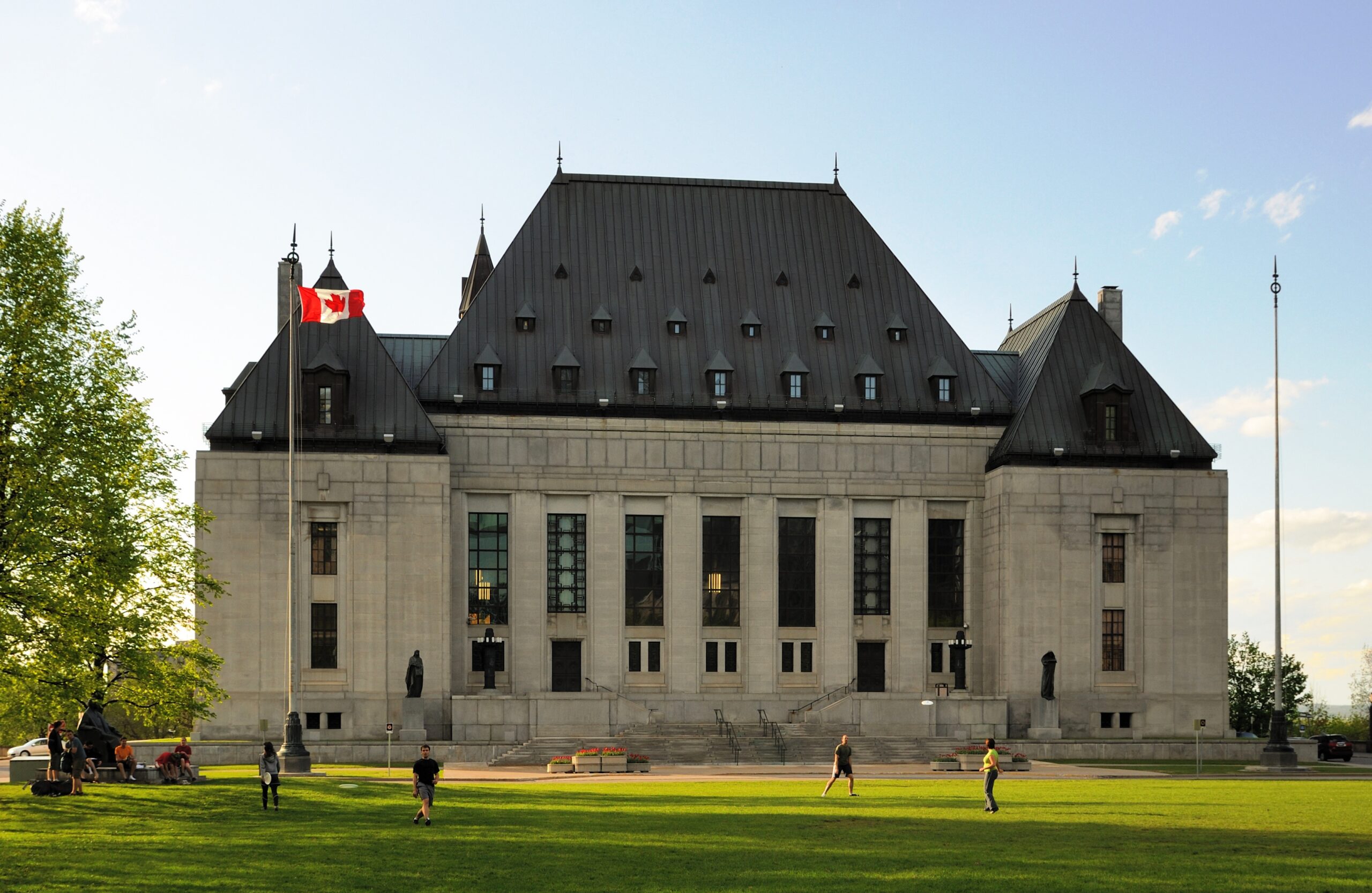One of the unusual aspects of early anti-discrimination legislation in Canada is that none of it banned discrimination against women (instead, it banned discrimination on the basis of race, religion, and ethnicity). However, most jurisdictions did introduce equal pay laws during the 1950s (the National War Labour Board had implemented “equal pay for equal work” in 1942, which lasted throughout the Second World War). Unequal pay was perhaps the most common form of sex discrimination in employment, and it affected all women. The impetus for legislation was undoubtedly a response to women’s expanding role in the labour force. But equal pay laws were largely symbolic. They did little to advance equal pay for women, because they were not adequately enforced and because women feared retribution from their employers. Ontario’s Female Employees Fair Remuneration Act (1951-60) was of little help. Only twelve employers (involving 124 women) faced charges under the legislation, and in virtually every case nothing resulted from the complaint despite an obvious gap in wages. The CCF’s Status of Women Committee described the act as “a toothless ghost of a real equal-pay bill.” [Clément 2008]
Equal Pay Legislation
- 1951 Ontario Female Employees Fair Remuneration Act
- 1952 Saskatchewan Equal Pay Act
- 1953 British Columbia Equal Pay Act
- 1956 Manitoba Equal Pay Act
- 1956 Nova Scotia Equal Pay Act
- 1956 Federal Female Employees Equal Pay Act
- 1957 Alberta Act to amend The Alberta Labour Act (equal pay amendment)
- 1959 PEI The Equal Pay Act
- 1960 New Brunswick Female Employees Fair Remuneration Act
- 1969 Newfoundland Human Rights Code
- 1970 Ontario Women’s Equal Employment Opportunity Act
- 1975 Quebec Charter of human rights and freedoms
Ontario began Canada’s process of human rights legal reform. The Ontario Human Rights Code (1962) incorporated existing provincial anti-discrimination laws into a single statute that was enforced through the Human Rights Commission. The code prohibited discrimination on the basis of religion, race, and ethnicity in accommodation, employment, and services (Ontario banned sex discrimination in employment in 1970). Full-time human rights officers – civil servants who worked for the government – staffed the commission and were responsible for receiving and investigating complaints. If an individual had a legitimate complaint within the scope of the code, the officer would first attempt conciliation between the two parties. If this failed, the commission could recommend that the case be sent to an independent board of inquiry appointed by the minister of labour to force a settlement. Perhaps the most important innovation contained in the Ontario legislation, in addition to having the government absorb the entire cost of investigating the complaint, was that the commission would represent the complainant before the board of inquiry. Thus, complainants did not shoulder the burden of investigating and litigating the complaint, which was a major obstacle to seeking remedy through the courts. Offenders might pay a fine, offer an apology, reinstate an employee, or agree to a negotiated settlement. The commission was further mandated to educate the public about human rights.
Human rights legislation was not without opposition, but criticisms were far more muted by this time. There was much less opposition in the 1960s than there had been to anti-discrimination legislation in the 1940s. In 1966, the Toronto Globe and Mail described the Ontario Age Discrimination Act as “another unworkable law.” Although the legislation was laudable in principle, the editors suggested, the commission could not possibly navigate the complexities of determining whether someone had been denied employment due to age or an inability to do the work. Two years later, when the first case was brought before a board of inquiry, the Globe and Mail editors were again critical. But their reservations reflected the same tired rhetoric from the 1940s. After an inquiry fined an employment agency five hundred dollars for advertising a secretarial position that was limited to a specific age range, the newspaper lamented the government’s interference in business practices and raised concerns about the implications of administrative boards with judicial powers.
Concerns surrounding the implications of this new form of state regulation did not hinder the spread of reforms to the human rights state. Human rights laws and commissions were introduced throughout Canada in the fifteen years following the Ontario Human Rights Code. Ontario’s statute became the model that was replicated in other jurisdictions, which resulted in a remarkably uniform system across the country. Political leaders gave various reasons for implementing human rights legislation, including international obligations. Discrimination against black citizens in Nova Scotia was a key factor in that province. Quebec’s human rights law was delayed until 1975 as the government struggled to address the contentious issue of language rights in separate legislation.
Human Rights Legislation
- 1962 Ontario Human Rights Code
- 1963 Nova Scotia Human Rights Act
- 1966 Alberta Human Rights Act
- 1967 New Brunswick Human Rights Act
- 1968 PEI Human Rights Code
- 1969 BC Human Rights Act
- 1969 Newfoundland Human Rights Code
- 1970 Manitoba Human Rights Act
- 1971 Alberta Bill of Rights & Individual Rights Protection Act
- 1975 Quebec Charter of Human Rights
- 1977 Canada Human Rights Act
- 1979 Saskatchewan Human Rights Code
- 1987 Yukon Human Rights Act
- 2002 North-West Territories Human Rights Act
- 2003 Nunavut Human Rights Act
In 1979, Saskatchewan became the final jurisdiction to move beyond fair employment and accommodations practices legislation to enter a new era of human rights law. Despite having a separate legal regime in each jurisdiction, the human rights state was surprisingly uniform across Canada: it entailed a comprehensive human rights law that encompassed employment, housing, and services; it created an agency with a mandate for enforcement, research, education, and legal reform; it engaged full-time civil servants who specialized in human rights enforcement; it emphasized conciliation rather than litigation; its commissions represented complainants before formal inquiries; it established independent boards of inquiry; and it offered remedies in the form of fines, reinstating an employee, or providing a service or an apology. The person responsible for implementing human rights was always the attorney general or the minister of labour or justice (except in Manitoba and Ottawa, where the minister of municipal affairs and the secretary of state were tasked with the chore). They appointed boards of inquiry, and the commission had carriage of the complaint (in Quebec, the legislation was enforced by the courts until 1989, when a permanent human rights tribunal was created). Each statute prohibited discrimination on the basis of race, colour, religion, sex, ethnicity, age, and marital status (over time, at least thirty grounds for discrimination were recognized in Canada).




